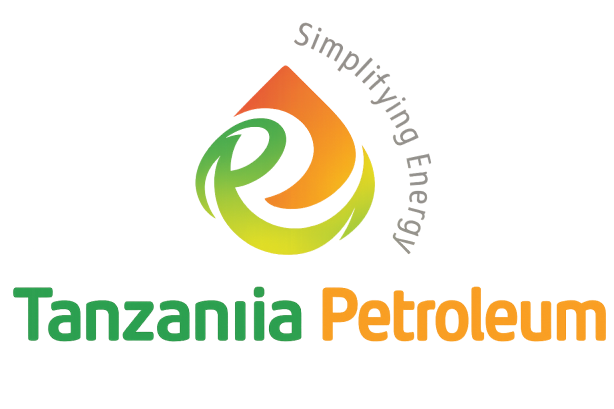Ever wondered if you’re on the cusp of something big? In the fast-evolving Kenyan LPG industry, doubt, curiosity, and confidence often swirl together.
You might be thinking, “Is the demand sustainable? What’s the future for LPG in Kenya? Should I invest now?”
We get it. These are valid questions. The uncertainty can make anyone pause. But let’s face it—Kenya is poised for a surge in LPG consumption. With growing infrastructure and shifting consumer habits, the potential for celebrating booming business growth and future investments is immense.
So, here’s our promise: In the next few minutes, we’ll dive into the crucial trends and challenges shaping Kenya’s LPG industry. We’ll uncover why these game-changing factors demand your attention.
Because ignoring them could mean missing out on significant opportunities. Let’s dive in.
Growth of LPG Consumption in Kenya.
Kenya is emerging as a significant player in the LPG market within East Africa. Over recent years, the country has seen rapid growth in LPG consumption, driven by improvements in import and distribution infrastructure.
Despite this progress, market penetration remains relatively low, with LPG accounting for only a small fraction of the overall residential and commercial fuel mix.
In 2017, LPG consumption in Kenya’s residential and commercial sectors tripled from 2013 levels, reaching about 124,000 metric tons.
By 2019, this figure nearly doubled again to 217,000 metric tons before the COVID-19 pandemic disrupted the trend in 2020. Looking forward, it’s expected that the growth trajectory will rebound as economic activities resume and infrastructure investments continue.
Challenges Facing LPG Adoption.
One primary obstacle to wider LPG adoption in Kenya is affordability. Despite government efforts to exempt LPG from VAT since 2016, this exemption was lifted in mid-2020, subjecting LPG to a standard 14% tax rate as of July 2021.
This change is expected to increase the cost of LPG for many households, potentially slowing down recent growth.
Additionally, the lack of price regulation in the retail sector means that LPG costs can vary widely, further impacting its accessibility to consumers.
The government previously implemented a subsidy program to distribute 6 kg cylinders and cookstoves at subsidized prices to low-income households, but this program faced challenges due to fraudulent distribution practices. While the program has resumed, its effectiveness remains to be seen.
Government Policies and Initiatives.
The Kenyan government has been proactive in promoting LPG as a cleaner and more efficient cooking fuel compared to traditional biomass sources like charcoal and firewood.
Despite setbacks with the subsidy program, policymakers continue to explore ways to incentivize LPG use. However, the reintroduction of VAT on LPG and the lack of price controls pose ongoing challenges.
Efforts to expand port and storage facilities, particularly in Mombasa, have improved LPG availability and distribution, facilitating the switch to LPG among wealthier urban households and restaurants. Nevertheless, affordability constraints persist, limiting broader adoption across all income levels.
Economic and Environmental Benefits.
Transitioning from biomass to LPG offers significant economic and environmental benefits for Kenya. LPG is more efficient and convenient for cooking, leading to improved productivity and health outcomes. Environmentally, LPG produces fewer emissions than traditional biomass fuels, reducing deforestation and improving air quality.
The shift to LPG also aligns with Kenya’s broader economic goals, including its Vision 2030 initiative, aiming to transform the country into a middle-income nation. As GDP and household incomes rise, LPG affordability is expected to improve, supporting higher per capita consumption rates long term.
Future Outlook.
Looking ahead, Kenya’s LPG industry appears promising yet uncertain. Per capita LPG consumption in residential and commercial sectors is projected to reach 8-9 kg per person by 2050, driven by economic growth and improving household incomes.
However, achieving higher consumption rates depends on sustained infrastructure investments, effective policy interventions, and global market trends.
Read also:Why South Africa’s LPG Boom Is Your Next Big Investment Opportunity
Kenya is well-positioned to become an LPG import hub for East Africa, leveraging its strategic location and expanding import capacity. Overland exports to neighboring countries with limited alternative fuel sources present additional growth opportunities, mirroring South Africa’s trajectory.
Seizing the Opportunity: Embracing the Future of the Kenyan LPG Industry.
You might feel a mix of uncertainty and excitement right now. Thoughts like, “Can Kenya sustain this growth? Will investing in the LPG industry pay off?” are likely running through your mind.
But here’s the deal: Kenya’s LPG industry is on the brink of something big. Despite challenges, the potential for growth and profitability is enormous. By understanding trends and challenges we’ve explored, you’re better equipped to navigate this dynamic industry.
Throughout this article, we’ve uncovered economic and environmental benefits of transitioning to LPG. We’ve discussed government initiatives and infrastructure improvements paving the way for future growth. We’ve projected promising outlooks for the industry, showing just how bright the future could be.
So, take a deep breath and remind yourself why you started reading this. Opportunities are real, and you’re in the perfect position to seize them. Let’s make sure you’re part of the success story.
Let’s make it happen. Let’s invest in Kenya’s LPG future today.






